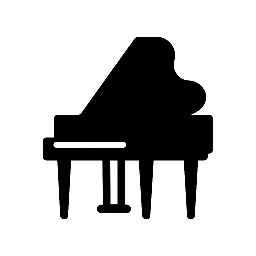Ludwig van Beethoven’s piano sonatas represent one of the most remarkable achievements in the history of Western music. Spanning his entire compositional career, these 32 works not only trace the evolution of Beethoven’s musical voice but also chart the transformation of the piano sonata itself—from a classical form into a deeply personal and expressive medium. For pianists, they are both a technical challenge and a profound artistic journey.
“I detest Beethoven!” – Igor Stravinsky, 1922
“At 80, I have found new joy in Beethoven.” – Igor Stravinsky, 1962
What sets Beethoven’s sonatas apart is their bold innovation and emotional range. Early works, such as the Sonata in C minor, Op. 13 (“Pathétique”), push the expressive boundaries of the Classical style, while later masterpieces like the Sonata in A-flat major, Op. 110 and the monumental Sonata in C minor, Op. 111 reveal a deeply introspective and spiritual dimension. Throughout, Beethoven reimagines the structural possibilities of the sonata form, often breaking with convention to serve expressive intent.


Beethoven’s genius lies in his ability to marry architectural strength with emotional depth. His themes are often built from simple motives, yet they develop organically into rich, dramatic narratives. The use of contrast—between lyricism and intensity, light and darkness—is a hallmark of his style, keeping listeners engaged and performers constantly challenged. Moreover, Beethoven’s exploration of harmony, rhythm, and texture laid the groundwork for the Romantic composers who followed.
For today’s pianists, studying Beethoven’s sonatas is essential not only for technical growth but also for understanding the piano as a tool for philosophical and emotional expression. These works demand intellectual engagement, physical control, and interpretive insight, offering a lifetime of discovery at the keyboard. Beethoven didn’t just compose for the piano—he expanded its voice, making it speak in ways no one had before.


Leave a Reply